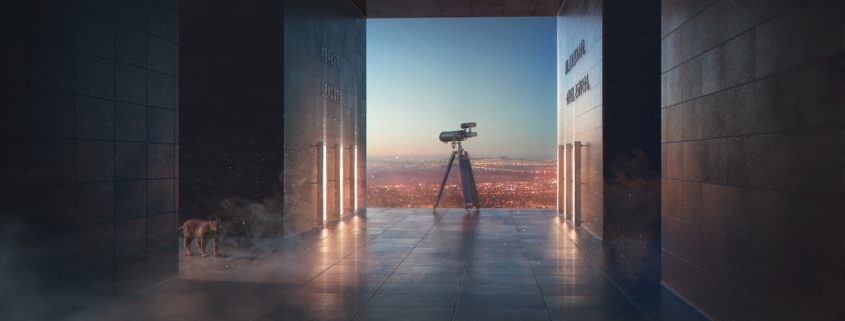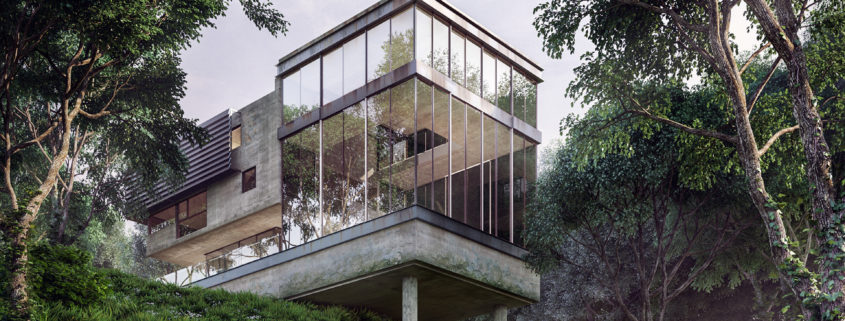We have Done This Project For in Very Short Deadline. Client has Given this project to a local Freelancer and they could not deliver client’s Requirement so client has contacted us and ask us to do this project in Max Deadline of 2 weeks. We have delivered Project in 8 to 9 Working Days.
We have used SketchUp For Modeling of Architecture, 3DS Max and Corona 1.5 For Rendering and Photoshop for Final Editing.
For Day View we used Simple Corona Renderer Sun & Sky and For Night View we used NoEmotion HDRi Sky.

















